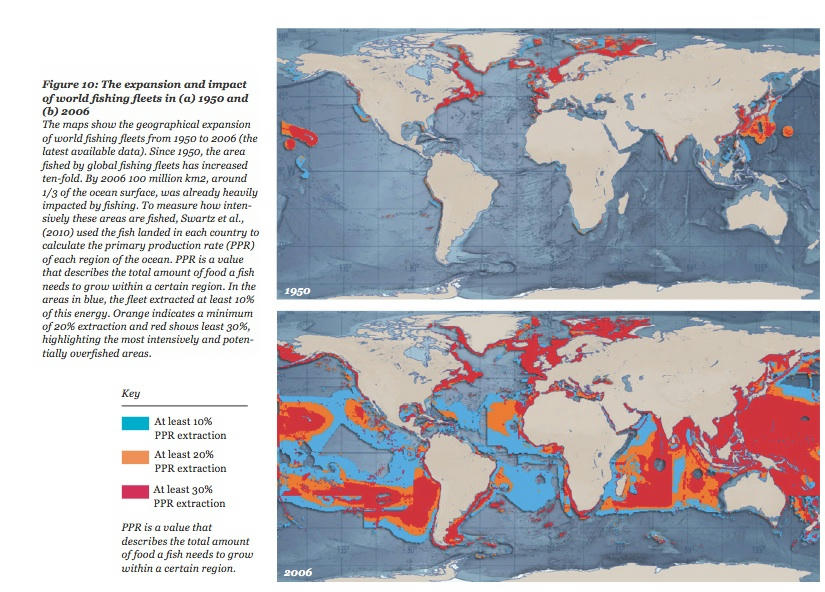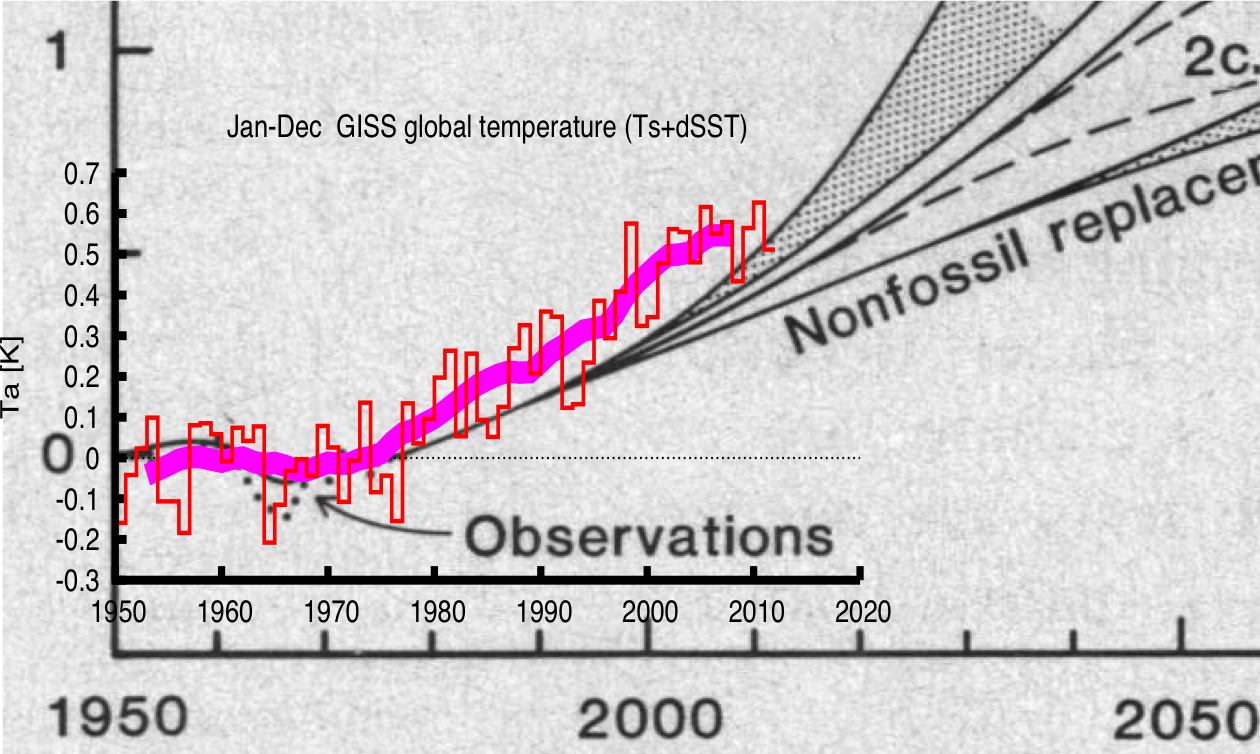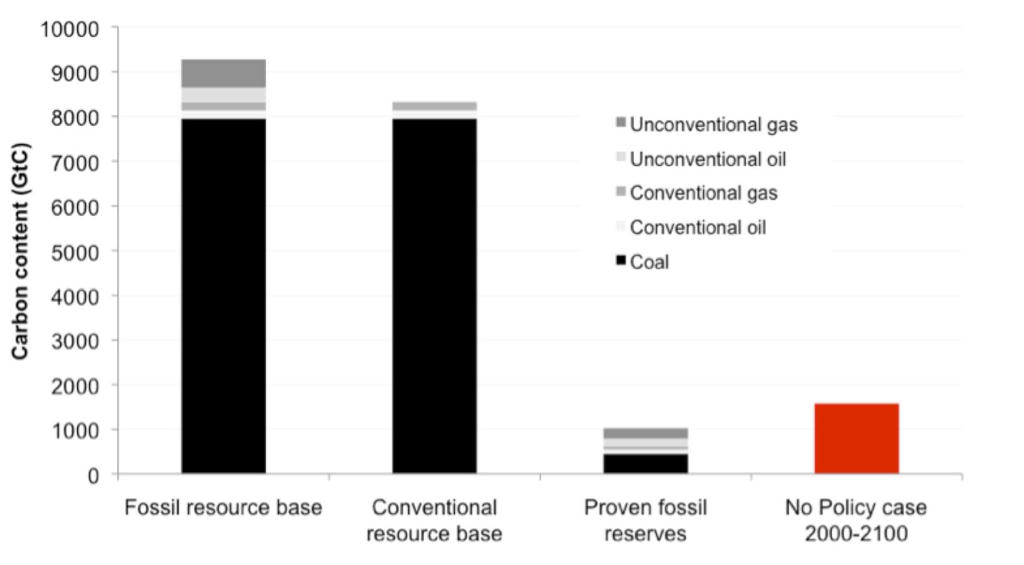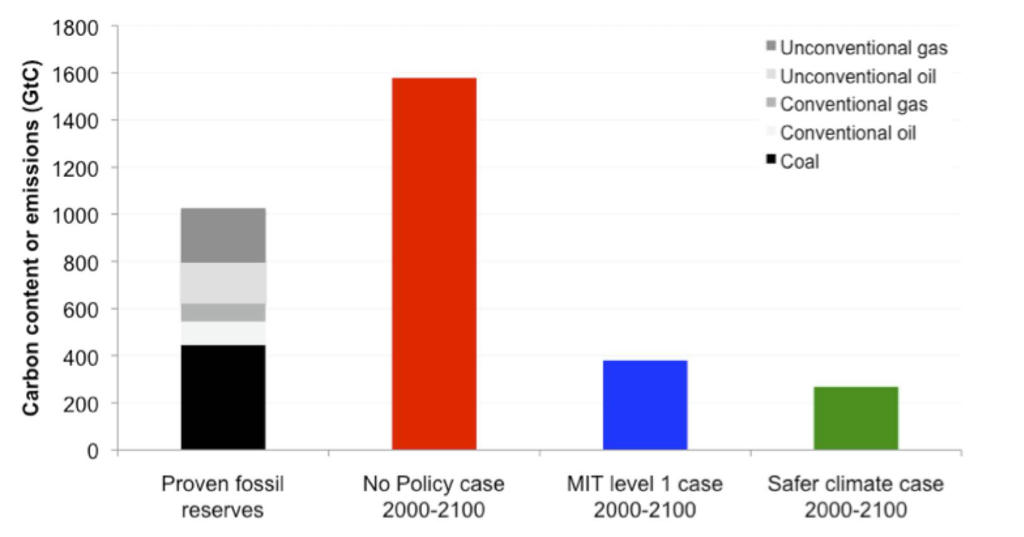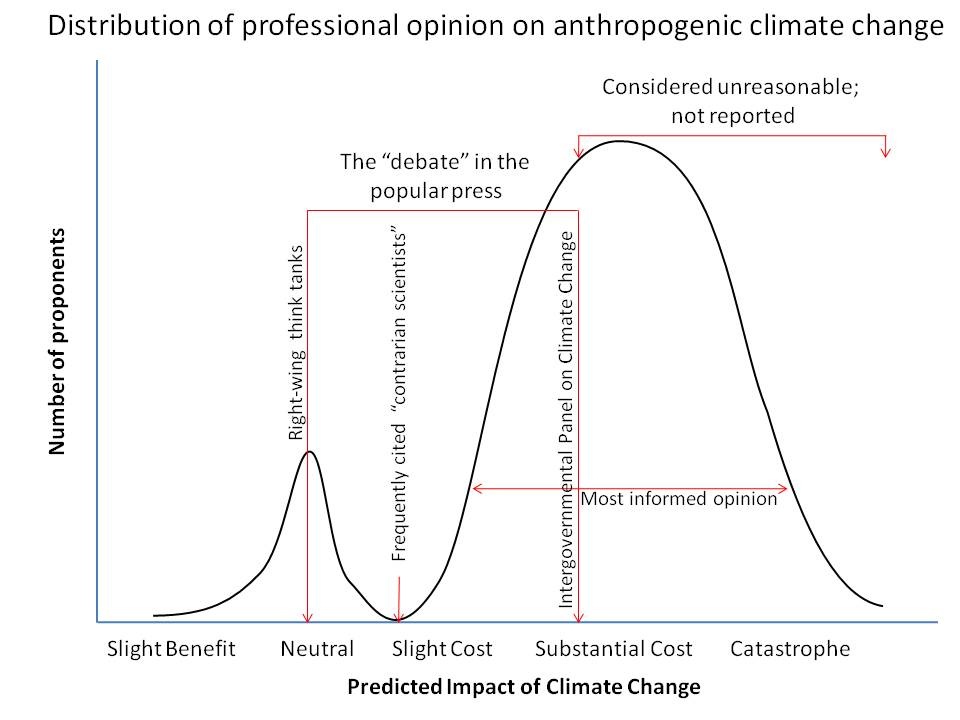Dave Roberts has posted a cogent summary of the key implications of the new EPA rule related to new coal plants. These points follow:
1. This rule applies to new power plants, not existing or currently permitted plants, meaning it won’t have any real effect until well after the election.
2. The rule marks (but did not cause) the end of new coal plants in the U.S.
3. This rule is the easier one. The tougher one, which will apply to existing plants, will come later, probably after the election.
4. The ongoing wave of coal-plant retirements has little to do with EPA rules.
5. EPA rules are not job killers or economic burdens.
6. Some day the natural gas bubble will pop and prices will return to earth.
I want to focus on #4 (and on a terrific paper by Susan Tierney on that topic), because it gives interesting insight into the factors that cause utilities to retire power plants.
The first thing to understand (as I pointed out in Cold Cash, Cool Climate) is
About 15% of existing US coal plants (about 50 GW out of 300 GW total) are old, inefficient, polluting plants that were grandfathered under the Clean Air Act, so they have few or no pollution controls.[1] More than half of US coal plants are 35 years of age or older.[2] The total social cost of running many of these plants is higher than the cost of alternative ways of supplying that electricity (even without counting the damages from greenhouse gas emissions),[3] so they represent an obsolete capital stock from society’s perspective.
These older plants are comparatively inefficient, even though they have few or no pollution controls, so it’s not surprising that they are the ones being retired in the face of the economic forces outlined by Tierney. That report points to increasing coal prices, decreasing natural gas prices, and declining electricity demand as the main factors thus far in encouraging the retirement of existing coal plants.
While these factors have played a dominant role so far, it’s likely that the EPA mercury and air toxic rules were the final “nail in the coffin” for some of these plants, and these rules will encourage additional plants to retire in the years ahead. This is because the cost of retrofitting these plants to meet the new standards is large enough to make the utilities think twice about retrofitting, especially when so many lower emission power generation alternatives are available.
What these rules are doing is starting to bring the societal costs of coal-fired generation to bear on utility decisionmaking. Until recently, these old coal plants were getting a free ride, belching out pollution and not paying for the true costs of the electricity they generate. That’s now changing, and our society will be better for it.
So if you hear someone complaining that these regulations cost too much, always ask “Cost to whom?”. What they mean is that the regulations will cost utilities money, and that’s often (but not always) true. That’s not the same thing as saying that the regulations are not worth it from society’s perspective, and that’s really the metric we need to apply. And the numbers prove it–Isaac Shapiro of the Economic Policy Institute tallied the costs and benefits of the three big Obama administration’s EPA proposed rules (not including this latest one on new power plants) and found benefit-cost ratios ranging from 6:1 to 15:1, and total net benefits for the US (after counting costs) of $60 to almost $200 billion per year. Sounds like an awfully good deal to me.
[1] Celebi, Metin, Frank C. Graves, Gunjan Bathla, and Lucas Bressan. 2010. Potential Coal Plant Retirements Under Emerging Environmental Regulations. The Brattle Group, Inc. December 8. [http://www.brattle.com/documents/uploadlibrary/upload898.pdf]
[2] See Figure 5-6 in Lovins, Amory B., Mathias Bell, Lionel Bony, Albert Chan, Stephen Doig, Nathan J. Glasgow, Lena Hansen, Virginia Lacy, Eric Maurer, Jesse Morris, James Newcomb, Greg Rucks, and Caroline Traube. 2011. Reinventing Fire: Bold Business Solutions for the New Energy Era. White River Junction, VT: Chelsea Green Publishing, p. 175.
[3] For details, see Muller, Nicholas Z., Robert Mendelsohn, and William Nordhaus. 2011. “Environmental Accounting for Pollution in the United States Economy." American Economic Review vol. 101, no. 5. August. pp. 1649–1675, and Epstein, Paul R., Jonathan J. Buonocore, Kevin Eckerle, Michael Hendryx, Benjamin M. Stout III, Richard Heinberg, Richard W. Clapp, Beverly May, Nancy L. Reinhart, Melissa M. Ahern, Samir K. Doshi, and Leslie Glustrom. 2011. "Full cost accounting for the life cycle of coal." Annals of the New York Academy of Sciences. vol. 1219, no. 1. February 17. pp. 73-98. [http://dx.doi.org/10.1111/j.1749-6632.2010.05890.x].
